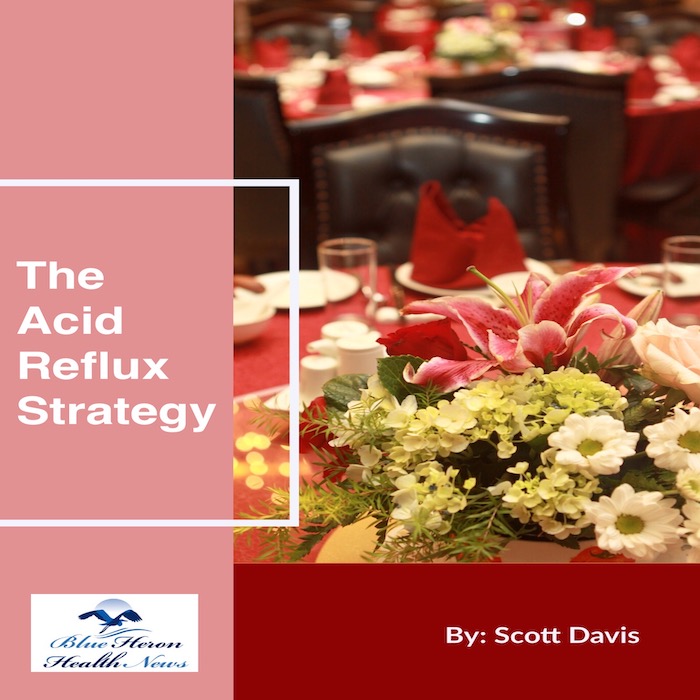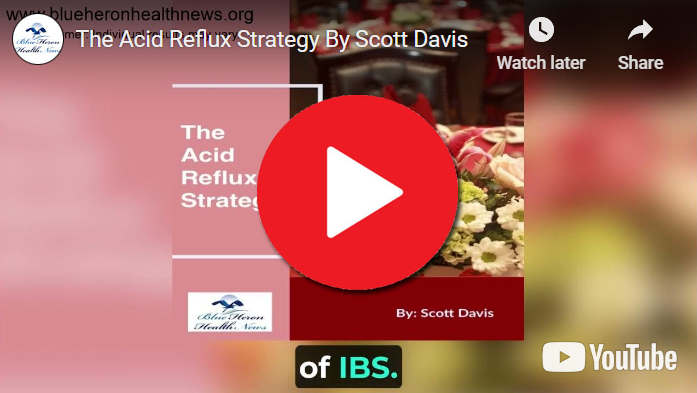
Acid Reflux Strategy™ By Scott Davis According to this eBook, you can start removing the symptoms of acid reflux and other similar problems just by making some changes in your diet, levels of stress, and lifestyle. It will guide you on how to change from the combination of food items to the sleep positions to relieve your problems. It also includes a list of food items you should focus on while shopping for it to find a natural treatment for your symptoms.
How does the consumption of fast food in the USA impact acid reflux?
Impact of Fast Food Consumption on Acid Reflux in the USA
Introduction
Fast food consumption is a prevalent dietary habit in the USA, with significant implications for various health conditions, including acid reflux or gastroesophageal reflux disease (GERD). This document explores the relationship between fast food consumption and acid reflux, examining how specific characteristics of fast food contribute to the condition and its prevalence.
Characteristics of Fast Food That Contribute to Acid Reflux
1. High Fat Content
1.1 Mechanism
- Fat Delays Stomach Emptying: High-fat foods slow down the process of stomach emptying, which increases the likelihood of acid reflux as stomach contents are more likely to backflow into the esophagus.
- Relaxation of the Lower Esophageal Sphincter (LES): Fatty foods can cause the LES to relax, making it easier for stomach acid to escape into the esophagus.
1.2 Examples
- Burgers, fried chicken, French fries, and other deep-fried items commonly found in fast food menus.
2. Large Portion Sizes
2.1 Mechanism
- Increased Stomach Pressure: Consuming large meals increases intra-abdominal pressure, which can force stomach contents, including acid, back into the esophagus.
- Frequent Overeating: Fast food restaurants often serve large portions, encouraging overeating, which exacerbates acid reflux symptoms.
3. High Sugar and Carbohydrate Content
3.1 Mechanism
- Increased Gastric Acid Production: Sugary and starchy foods can increase gastric acid production, leading to higher acidity levels in the stomach and a greater likelihood of acid reflux.
- Insulin Response: High carbohydrate intake can lead to fluctuations in blood sugar and insulin levels, which may indirectly affect digestive processes and reflux.
3.2 Examples
- Sodas, milkshakes, desserts, and high-carb sides like breaded items and potato-based products.
4. Acidic and Spicy Ingredients
4.1 Mechanism
- Irritation of the Esophagus: Acidic foods (e.g., tomatoes, citrus) and spicy foods can directly irritate the lining of the esophagus, exacerbating acid reflux symptoms.
- Increased Acid Production: These ingredients can stimulate the stomach to produce more acid, increasing the risk of reflux.
4.2 Examples
- Tomato-based sauces, spicy seasonings, and dressings often used in fast food dishes.
5. Carbonated Beverages
5.1 Mechanism
- Increased Gastric Pressure: Carbonation can increase stomach pressure, promoting the backflow of acid into the esophagus.
- Relaxation of the LES: Carbonated drinks can also cause the LES to relax, similar to the effect of fatty foods.
5.2 Examples
- Sodas and sparkling waters frequently consumed with fast food meals.
Epidemiological Evidence
1. Prevalence of Fast Food Consumption
1.1 Statistics
- According to the Centers for Disease Control and Prevention (CDC), approximately 36.6% of adults in the USA consume fast food on any given day.
- The frequency of fast food consumption is higher among younger adults, with the highest consumption rates observed in individuals aged 20-39.
2. Association with Acid Reflux
2.1 Studies
- Multiple studies have shown a positive correlation between fast food consumption and the prevalence of acid reflux symptoms.
- A diet high in fast food is associated with an increased risk of GERD and its complications, such as esophagitis and Barrett’s esophagus.
Public Health Implications
1. Rising Obesity Rates
1.1 Impact
- The high calorie and low nutritional value of fast food contribute to obesity, a significant risk factor for acid reflux.
- Increased abdominal fat from obesity can put pressure on the stomach, exacerbating acid reflux symptoms.
2. Socioeconomic Factors
2.1 Access and Affordability
- Fast food is often more accessible and affordable compared to healthier food options, particularly in low-income communities. This contributes to higher rates of consumption and associated health issues, including acid reflux.
Management and Prevention
1. Dietary Modifications
1.1 Recommendations
- Reduce Fast Food Intake: Limiting the consumption of fast food can significantly reduce acid reflux symptoms.
- Healthier Choices: Opting for grilled instead of fried items, choosing smaller portions, and avoiding high-fat, high-sugar, and acidic foods can help manage symptoms.
2. Lifestyle Changes
2.1 Weight Management
- Maintaining a healthy weight through diet and exercise can reduce intra-abdominal pressure and the risk of acid reflux.
2.2 Eating Habits
- Eating smaller, more frequent meals and avoiding lying down immediately after eating can help prevent acid reflux.
3. Public Health Initiatives
3.1 Education and Awareness
- Public health campaigns aimed at raising awareness about the link between fast food consumption and acid reflux can encourage healthier eating habits.
3.2 Access to Healthy Foods
- Improving access to affordable, nutritious foods in low-income communities can help reduce dependence on fast food and associated health risks.
Conclusion
Fast food consumption in the USA significantly impacts the prevalence and severity of acid reflux. The high fat, large portion sizes, high sugar and carbohydrate content, acidic and spicy ingredients, and carbonated beverages common in fast food contribute to the condition. Addressing these dietary habits through public health initiatives, education, and improved access to healthier food options can help reduce the incidence of acid reflux and improve overall health outcomes. Reducing fast food intake and adopting healthier eating habits are crucial steps in managing and preventing acid reflux.
Acid Reflux Strategy™ By Scott Davis According to this eBook, you can start removing the symptoms of acid reflux and other similar problems just by making some changes in your diet, levels of stress, and lifestyle. It will guide you on how to change from the combination of food items to the sleep positions to relieve your problems. It also includes a list of food items you should focus on while shopping for it to find a natural treatment for your symptoms.
